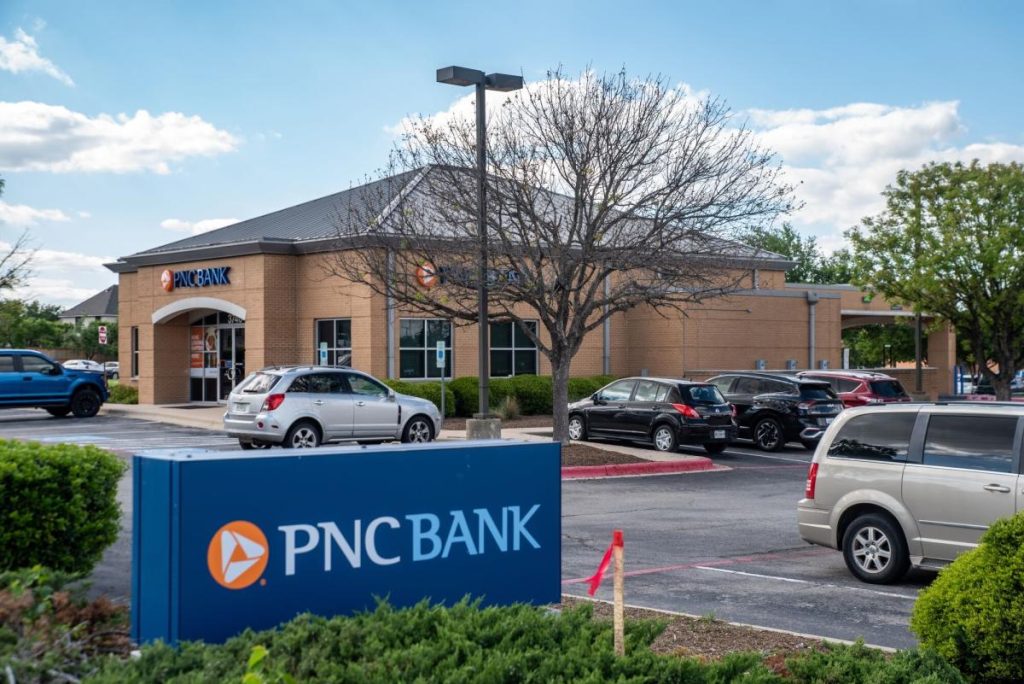
(Bloomberg) — PNC Financial Services Group Inc. is increasing the number physical branches it operates to keep up with the largest US banks and stay ahead of any future consolidation of smaller competitors that could create another lender of PNC’s size.
Most Read from Bloomberg
A sweet spot to earn its “fair share of deposits” is to reach 7% to 8% of branch share in key geographies where it operates — a goal PNC is pursuing, Chief Executive Officer William Demchak said in an interview. Among metropolitan areas where it’s opening new locations, the branch share was 5.7% in Houston as of June 30, and 5.3% in Atlanta, compared with 13.1% in its home base of Pittsburgh.
The bank has added 14 new branches since the beginning of 2024 as part of its plan to open more than 200 locations and invest $1.5 billion in branches. It added nearly 600 locations with the acquisition of Banco Bilbao Vizcaya Argentaria SA’s US business for $11.5 billion in 2021.
The next area PNC will focus on is Salt Lake City, one of the fastest-growing markets in the country, Chief Financial Officer Robert Reilly said Tuesday at a UBS Group AG conference.
“We’re going to do in Salt Lake City what we’ve done for the better part of the last 15 years,” he said.
PNC is now established enough in its new geographic regions to grow at a pace exceeding expansion in its legacy markets, according to Demchak. Even with the momentum, PNC’s deposit growth, by an absolute amount rather than a percentage, is still slower than at far-larger competitors such as JPMorgan & Chase Co. and Bank of America Corp., he said.
“We’ve been very public for a long time about the need for scale and our pursuit of scale both organically, and if the opportunity arises in the right form, through inorganic acquisitions,” Demchak said.
In terms of mergers and acquisitions, regional banks with about $150 billion to $250 billion of assets appear to be more interested in buying or growing on their own — and if such banks are unwilling to sell, there’d be no way to move the needle on M&A, Demchak said. “People don’t feel an immediate impetus — my view — to want to do something,” he said.
One reason for that is that banks predict tailwinds to boost earnings organically. They see paths to unlock loan growth with lower interest rates and President Donald Trump’s plans to juice the economy. At the same time, the need to invest is also growing in a broad range of matters, from cyber security and tackling fraud to marketing and broadening services. The lack of scale for smaller institutions is an inherent constraint, Demchak said, considering how much — and how quickly — big institutions can invest.

